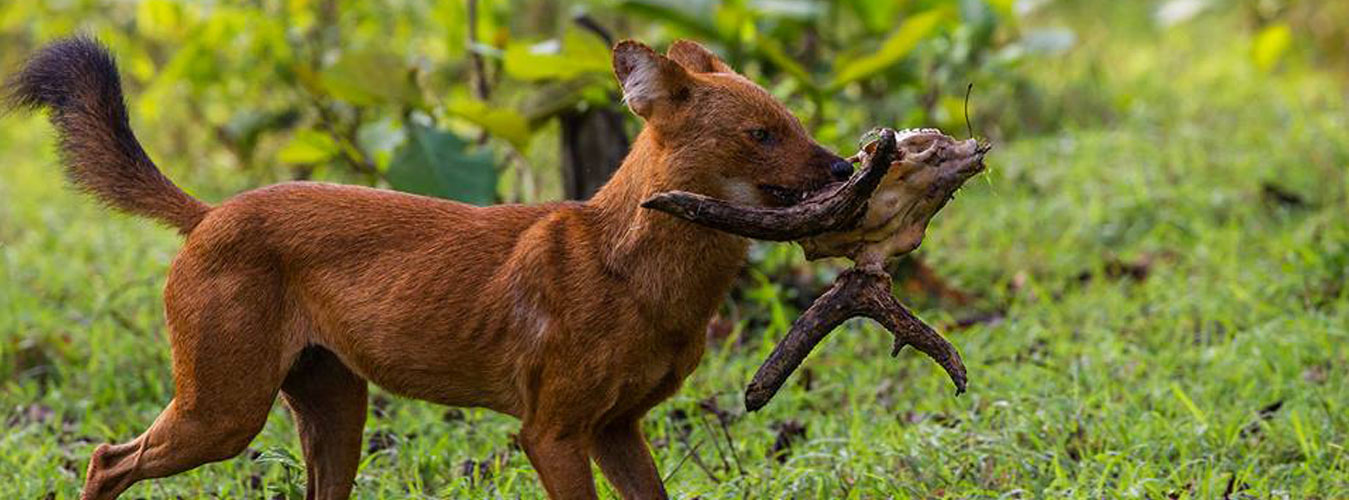NAGARHOLE NATIONAL PARK
This exquisite forest was once an exclusive hunting reserve/ground for the erstwhile Maharajas of Mysore – the former rulers of the Kingdom of Mysore. This enchanting jungle has an astonishing abundance of wildlife including large mammals such as tiger, leopard, wild elephant etc and the artificial lake attracts a large number of animals, making it an ideal spot for sighting wildlife. This picturesque park also has a large elephant & bison population, and also hosts a variety of animal species along with approximately 250 species of birds. This dense tropical forest is part of the Nilgiri Biosphere Reserve and on its southern fringes is the Bandipur National Park. Between the two parks confines is the Kabini River, the River and its picturesque reservoir demarcates the two national parks. Together with the adjoining Bandipur National Park, Mudumalai National Park and Wayanad Wildlife Sanctuary, it forms the largest protected area in Southern India.
Flora, Fauna & Avifauna
- This beautiful park has rich forest which cover, small streams, hills, valleys and waterfalls. There are grassy swamps where the soil is perennially moist and clayey which support a luxuriant growth of green grass all year. Dry deciduous forest trees are leafless in the summer rather than in the winter.
- The park has a healthy tiger-predator ratio, with many tigers, elephants and gaur (Indian bison). Other species present are chital spotted deer, muntjac (barking deer), dhole (Indian wild dog), four-horned antelope, wild boar, sloth bear, hyena, mongoose, civet, otter etc. The landscape is one of gentle slopes and shallow valleys.
- Over 250 species of birds adorn this lovely southern jungle of India. Besides the enormous variety of woodland birds, there are also large congregations of water fowl in the Kabini River. Birds range from blue-bearded bee-eater, scarlet minivet and Malabar whistling thrush to the more common ospreys, herons and ducks.




